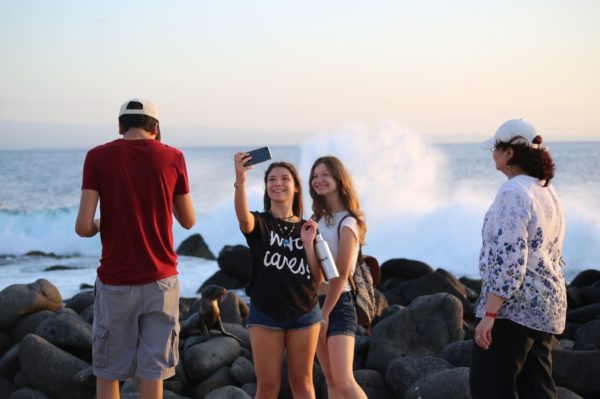Knowing about extinction in the Galapagos Islands
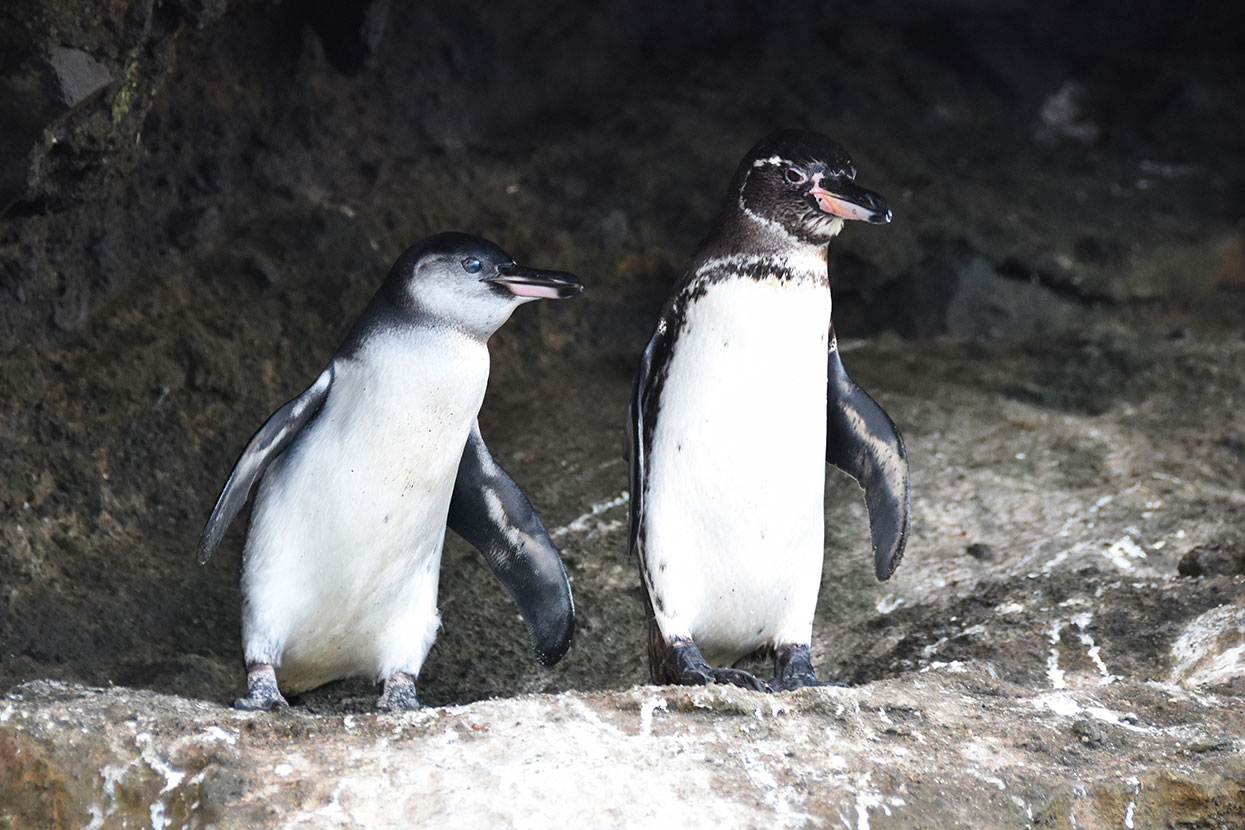
Sadly, extinction is now a common word in our everyday language due to the frequency with which it has been addressed in the news. Still, we don’t fully understand how extinction occurs. What is involved in it? Why does it happen? Is its demise in the Galapagos Islands a problem? Above all, what measures can we do to put an end to it? Due to the vulnerability of many of the rare species found in the Galapagos archipelago, the Galapagos National Park has severe guidelines that residents, tourists, and tour companies must abide with.
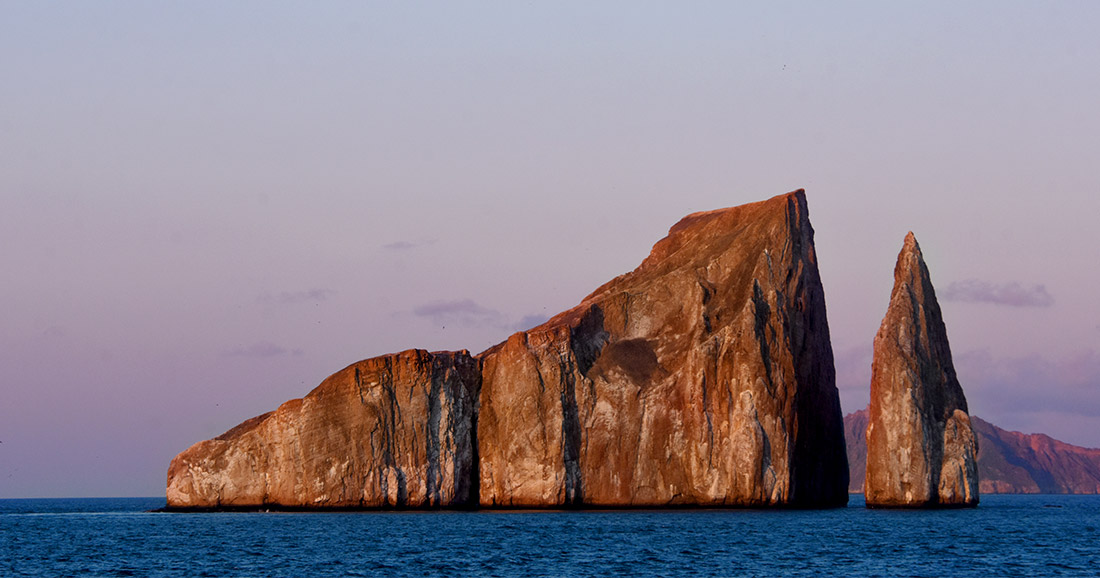
On San Cristobal Island, Cerro Brujo
What does extinction mean?
Extinction is the end of an organism or a group of creatures, most often a species. It is believed that there are currently over a trillion species on Earth, of which only 1.2 million are known to exist. Considering that many of these species are yet undiscovered or have not been given names, the number might seem high, but the rate at which they are disappearing is concerning. Indeed, a plethora of analysis indicates that the number of species on Earth has decreased by half in the last 40 years alone.
Is There Extinction on the Galapagos Islands?
It’s possible that you were made aware of the impending death of Lonesome George, the sole surviving Pinta Island tortoise, around five years prior. Since he was the only member of his species, attempts were made, but they were unsuccessful in getting him to procreate with other members of his kind. There was just one Pinta tortoise left in the population due to the introduction of wild goats that decimated La Pinta Island’s flora. For this specific species of tortoise, it was already too late, despite efforts to manage and exterminate the goat population in the Galapagos.
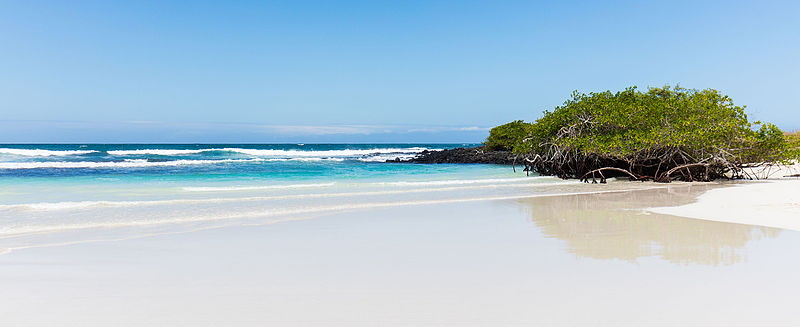
Tortuga Bay
What Contributes to Extinction?
Humans are the primary cause of the alarming number of species that are vanishing from the planet. Animals die at a rate that prevents species from surviving if we continue to live in an unsustainable manner. A species’ eventual demise can result from a variety of circumstances, including but not limited to habitat predation, degradation, genetics, illness, and climate change. Although a species can go extinct due to natural causes, human activity has undoubtedly sped up these processes. Historical mass extinction events pale in comparison to the current extinction trend, which is entirely human caused. Research conducted in 2002 revealed that half of all plant and animal species on Earth will become extinct in a century if humans continue at the current rate of destruction. The effects of human consumption, including habitat destruction, pollution, mining, logging, farming, fishing, hunting, and farming, are permanent.
Which Threats Do the Galapagos Islands Face Right Now?
The Galapagos Islands are experiencing the same widespread effects of global warming as the rest of the planet. But there are other, more confined dangers that affect ecology and animals as well. The loss and fragmentation of habitat brought on by farming, building, or pollution are some of these additional risks. In addition to acting as predators, introduced species often compete with local and endemic species for resources. Agents of infection include bacteria and viruses that are introduced. Even though hunting and illicit fishing are forbidden, they nonetheless take place. The rules of the Galapagos National Park are in place because rising tourism and population expansion have an impact on the islands’ sustainability.
There are several ways you may help safeguard the Galapagos Islands while you’re there. By purchasing an entry ticket, abiding by the regulations of the Galapagos National Park, and falling in love with it. Additionally, you may strive to reduce your environmental impact by using less plastic, walking more, recycling, and reusing as much as you can. You can also educate your friends and family about the wonders of the Galapagos Islands and how important it is for us to safeguard them.
RELATED STORIES
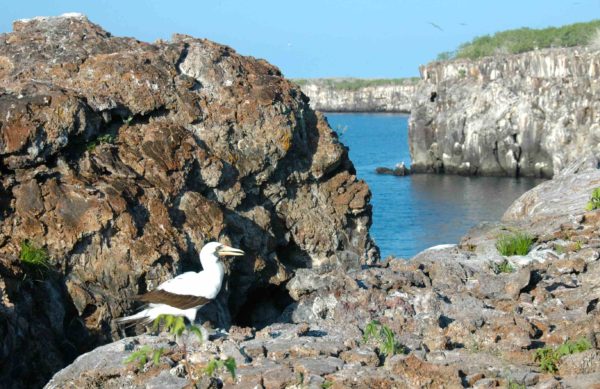
Interesting facts about the three types of boobies in the Galapagos

Food on a Galapagos Cruise: We’ve Got You Covered
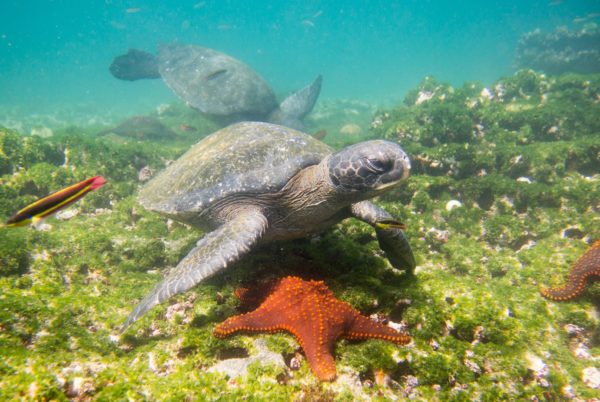
My Favourite Sea Turtle Experience Aboard the Santa Cruz II
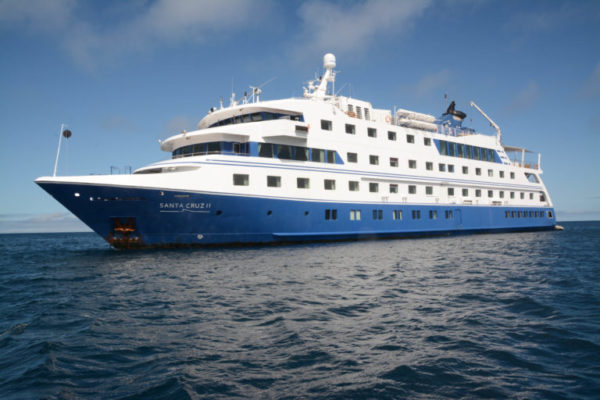
First Day Aboard the Santa Cruz II
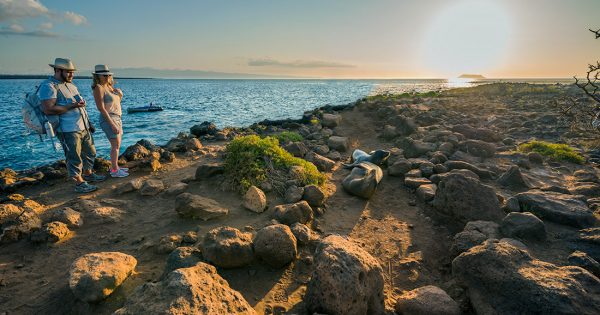
North Seymour Frigates and Boobies
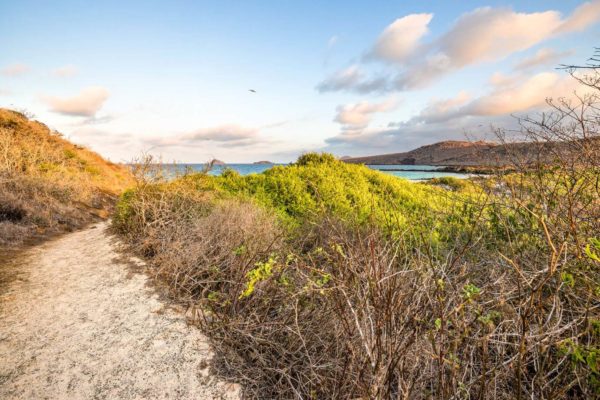
Ecuador Facts (Vol. I): An Interesting Collection of Natural Wonders and Achievements
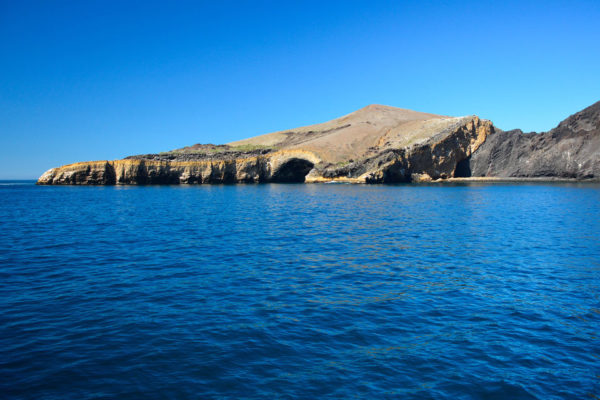
Galapagos Experience Testimonial
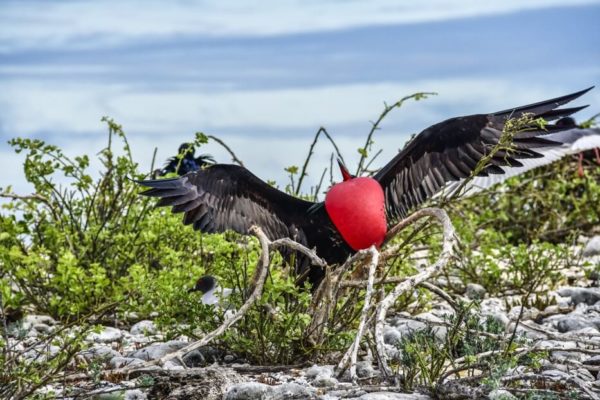
Galapagos Frigatebirds: A Colorful Medley of Courting & Nesting
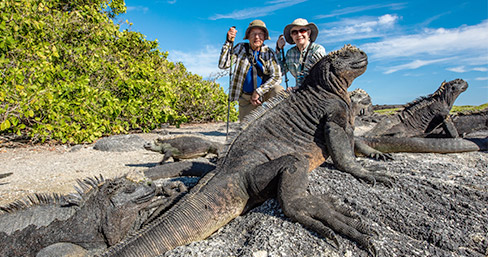
The Beauty of an Intimate Galapagos Vacation
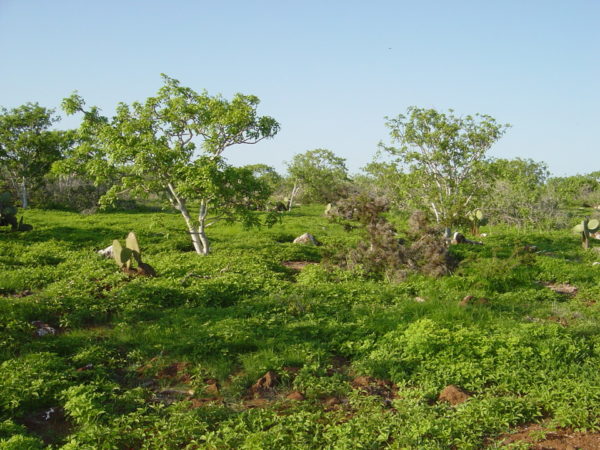
A Brief History of Plant Life in the Galapagos
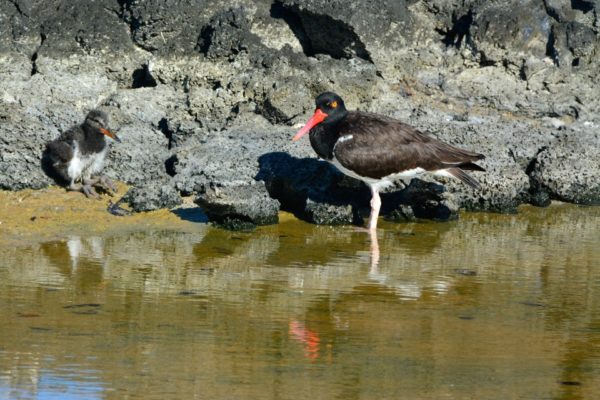
Hidden in Plain Sight: The Galapagos Baby Oystercatcher
